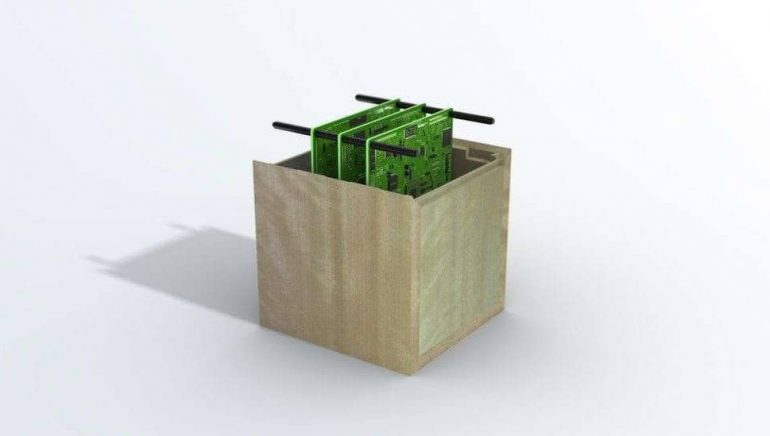If we were attempting to engineer a satellite that would be deploying into orbit, probably the last material we’d choose might be wood. But this is certainly not stopping a new startup firm in Japan from doing exactly that, using a clandestine approach to take trees into outer space that they’re quite not ready to share with the world.
Yes, Sumitomo Forestry is joining forces with Kyoto University to conceive and create the planet’s first usable satellite built from one of Mother Nature’s most abundant resources. One reason for this unorthodox choice is to help reduce the cluttering-up of space with discarded or inoperable junk like old rocket boosters and discarded satellite parts during the last few decades.
By manufacturing wooden satellite housings, the plan would be for them to simply incinerate and vanish in a blaze of glory when passing back through Earth’s atmosphere if they ever do happen to de-orbit.
“We are very concerned with the fact that all the satellites which re-enter the Earth’s atmosphere burn and create tiny alumina particles which will float in the upper atmosphere for many years,” explains Kyoto University professor Takao Doi, who took a trip to the International Space Station in 2008. “Eventually it will affect the environment of the Earth.”
At this point their ambitious program is still in the conceptual phase and scientists are exploring which varieties of wood might endure the harsh conditions of space, which include violent temperature fluctuations and radiation bombardment. The team’s preliminary investigation into the feasibility of their invention is being heavily guarded at this point and their intended methods are being kept secret.
So maybe this isn’t such an outlandish idea after all. Wood is an extremely durable material comprised of a pair of super-strong organic polymers called cellulose and lignin. Scientists have had success in the past by physically altering and chemically treating wood to boost its compositional strength as well, with some experiments discovering that wood can be even stronger than aluminum.
With nearly 6,000 satellites dotting the crowded territory of Earth orbit and up to 40% not currently being used, this number will only increase drastically over the next decade. A multitude of corporations have big plans to put swarms of new satellites into operation as broadband demands increase around the globe.
“The next stage will be developing the engineering model of the satellite, then we will manufacture the flight model,” Professor Doi added, noting that the first model would be ready for launch in 2023.

Devoted web advocate. Bacon scholar. Internet lover. Passionate twitteraholic. Unable to type with boxing gloves on. Lifelong beer fanatic.





